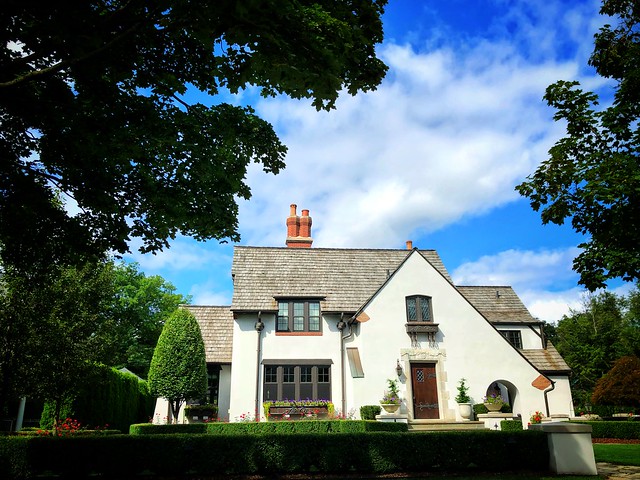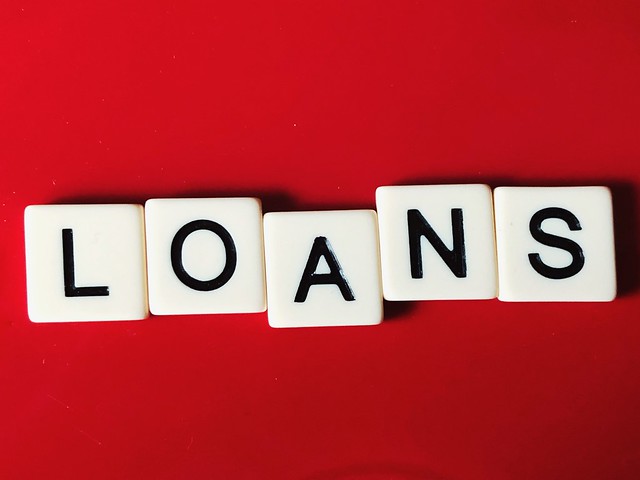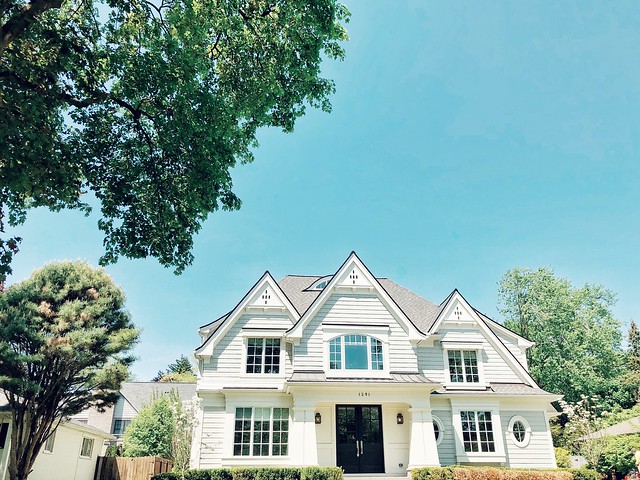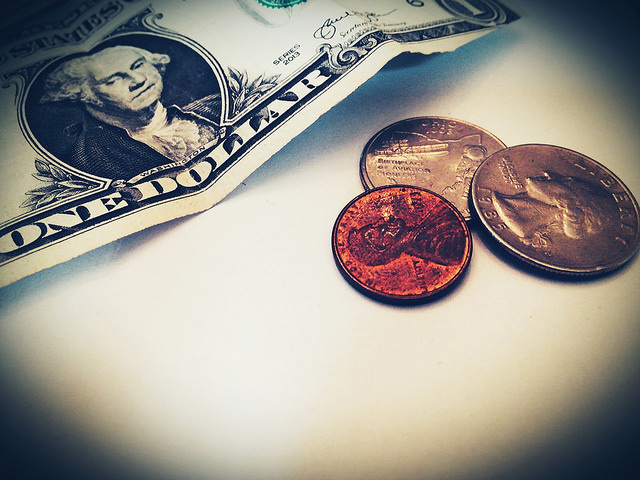According to the Mortgage Bankers Association’s Weekly Applications Survey, applications for loans to buy homes rose 11 percent last week. The improvement puts demand for purchase loans just 10 percent below where it was last year at the same time. Last month, it was down as much as 35 percent. Joel Kan, MBA’s associate vice president of economic and industry forecasting, says the gains are expected to continue as states lift some of their coronavirus mitigation measures. “There continues to be a stark recovery in purchase applications, as most large states saw increases in activity last week,” Kan said. “We expect this positive purchase trend to continue – at varying rates across the country – as states gradually loosen social distancing measures, and some of the pent-up demand for housing returns, in what is typically the final weeks of the spring home buying season.” Also in the report, average mortgage rates remain near record lows, though there was a small increase in rates for 30-year fixed-rate mortgages with conforming loan balances. The MBA’s weekly survey covers 75 percent of all retail residential mortgage applications. (source)













